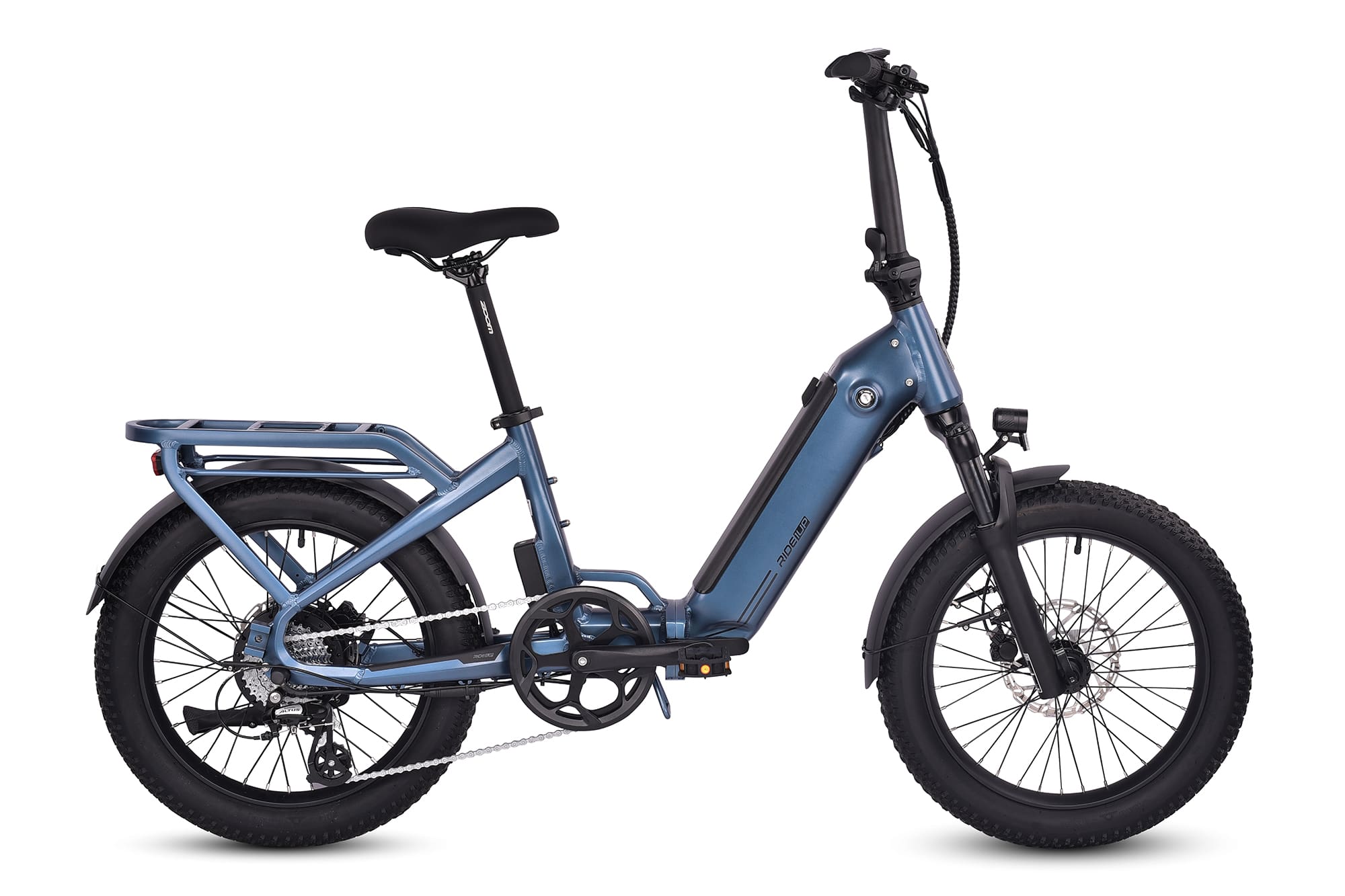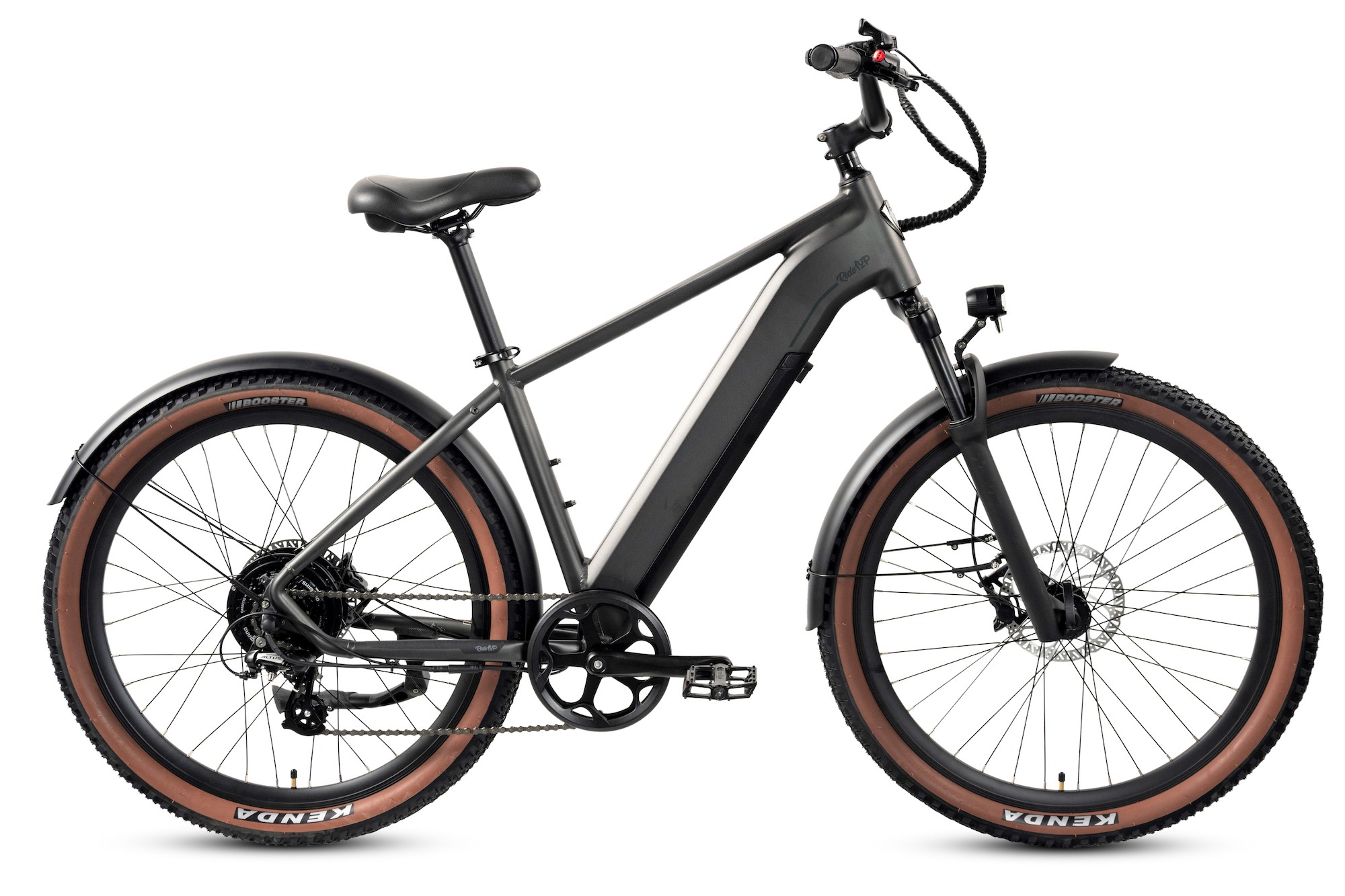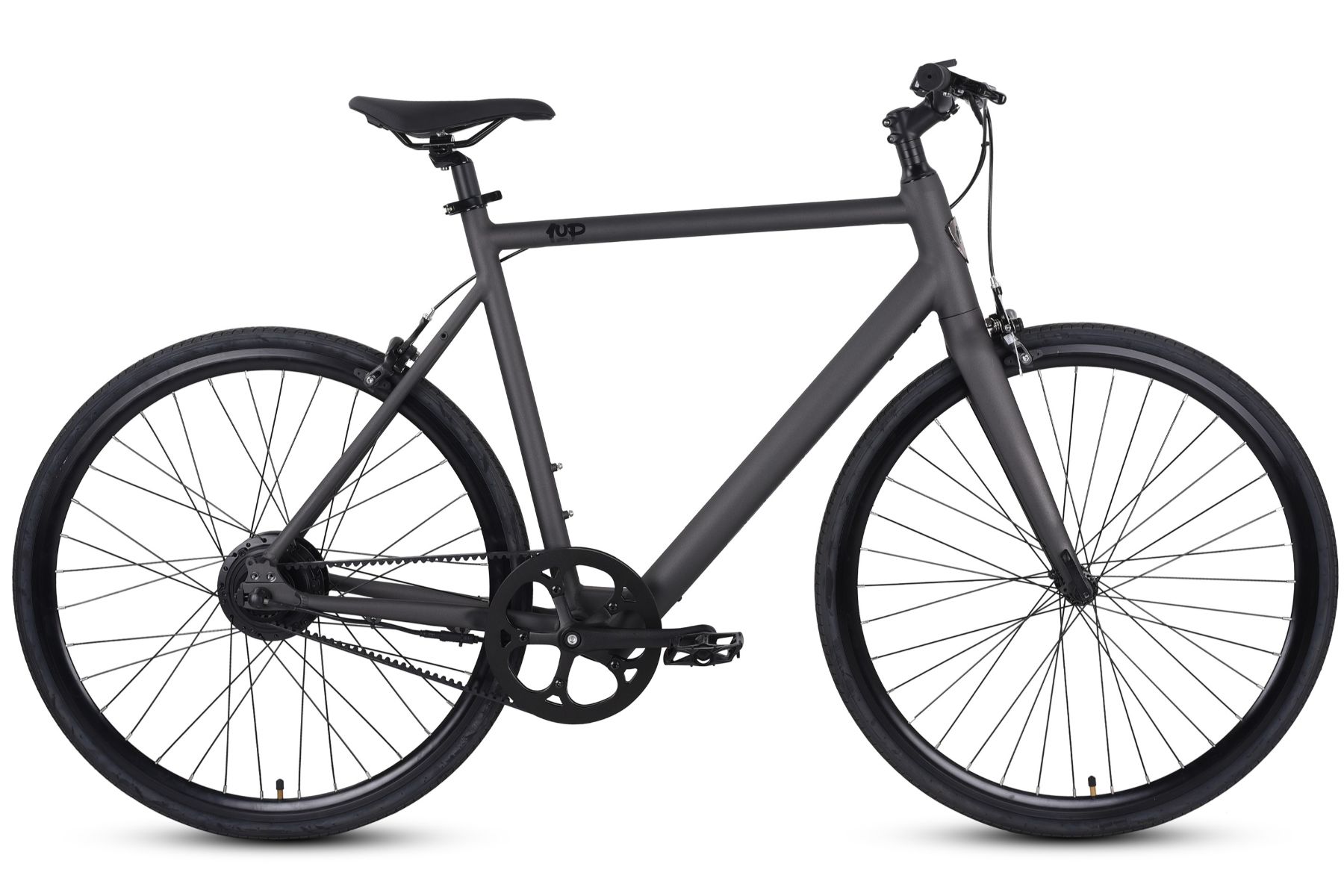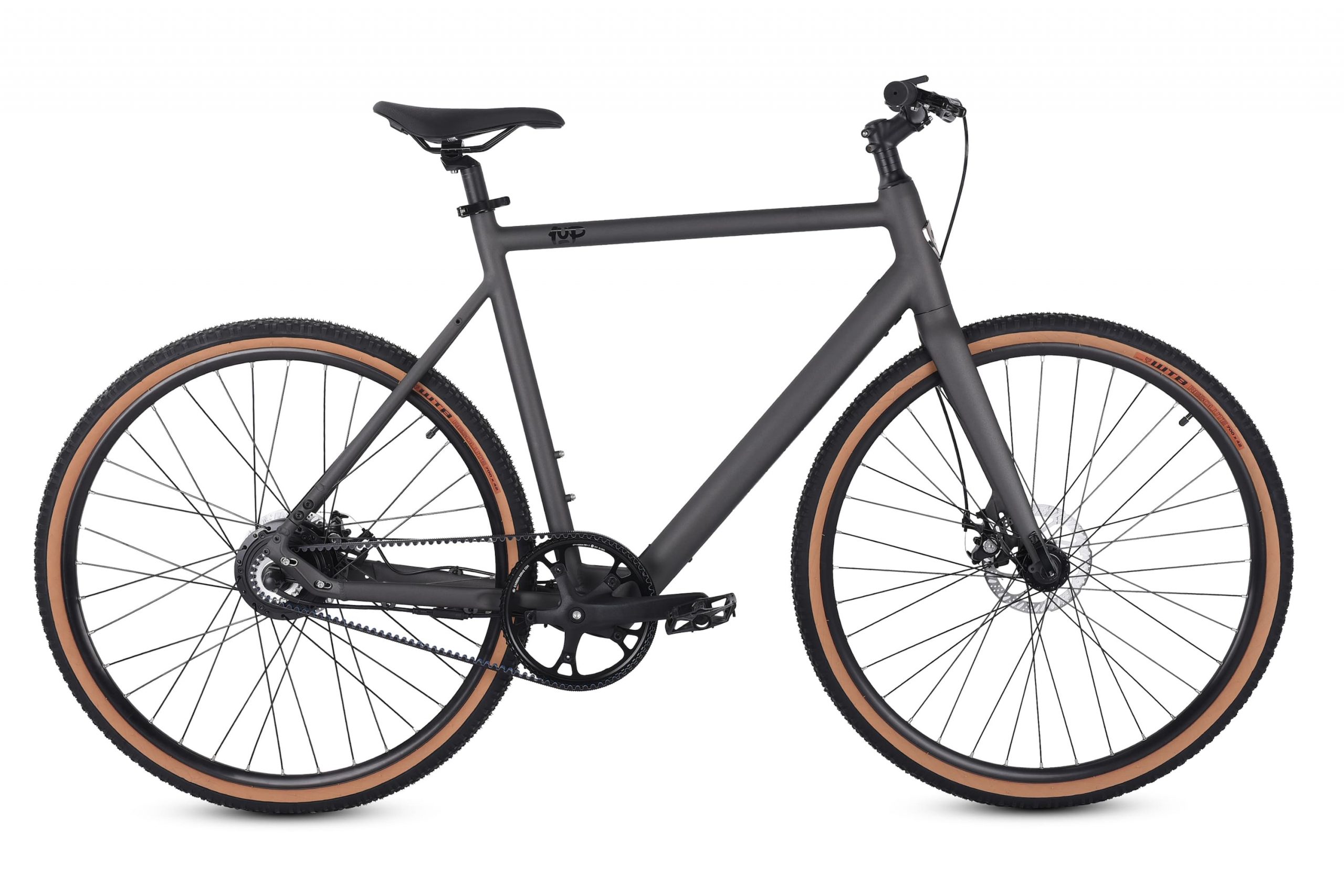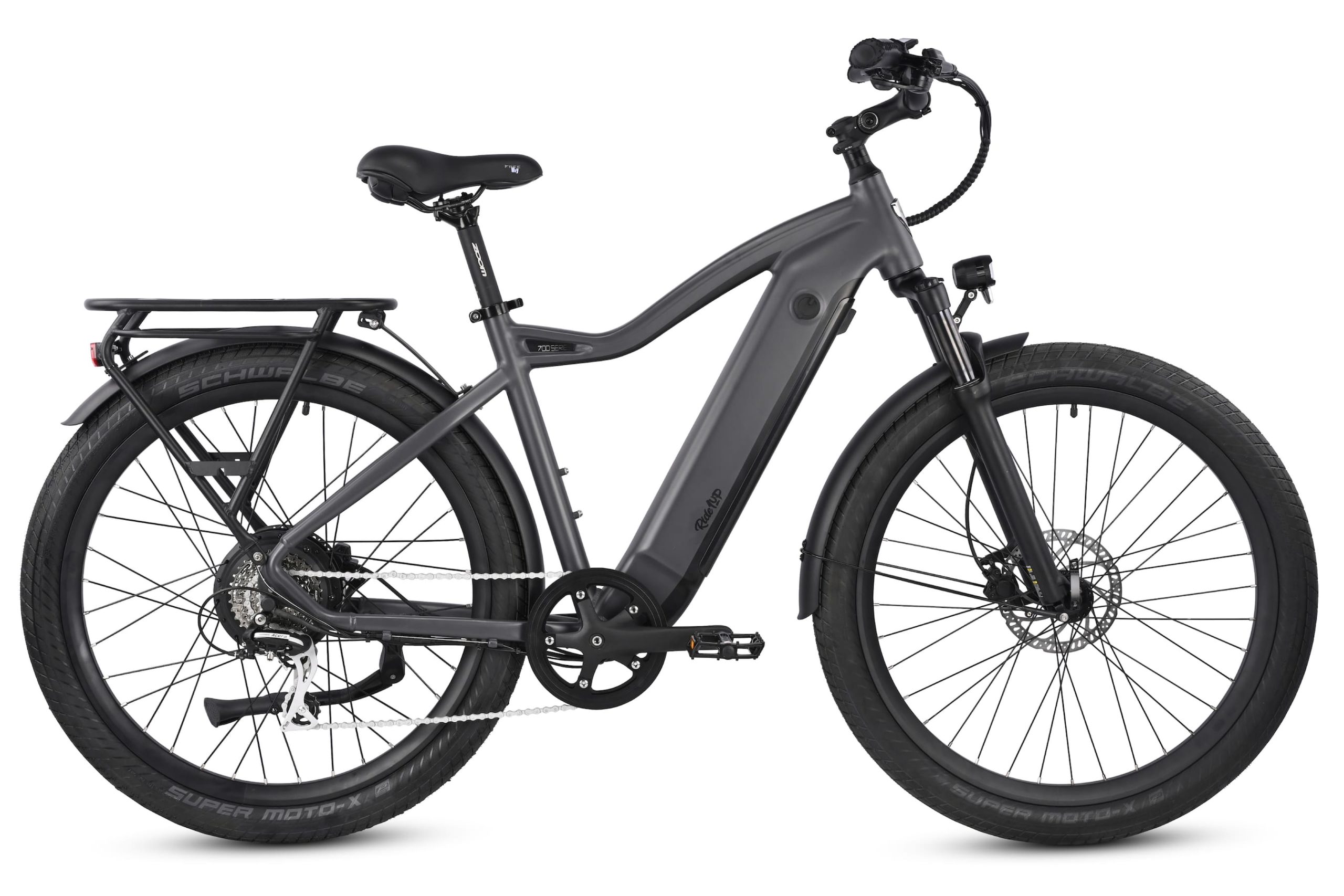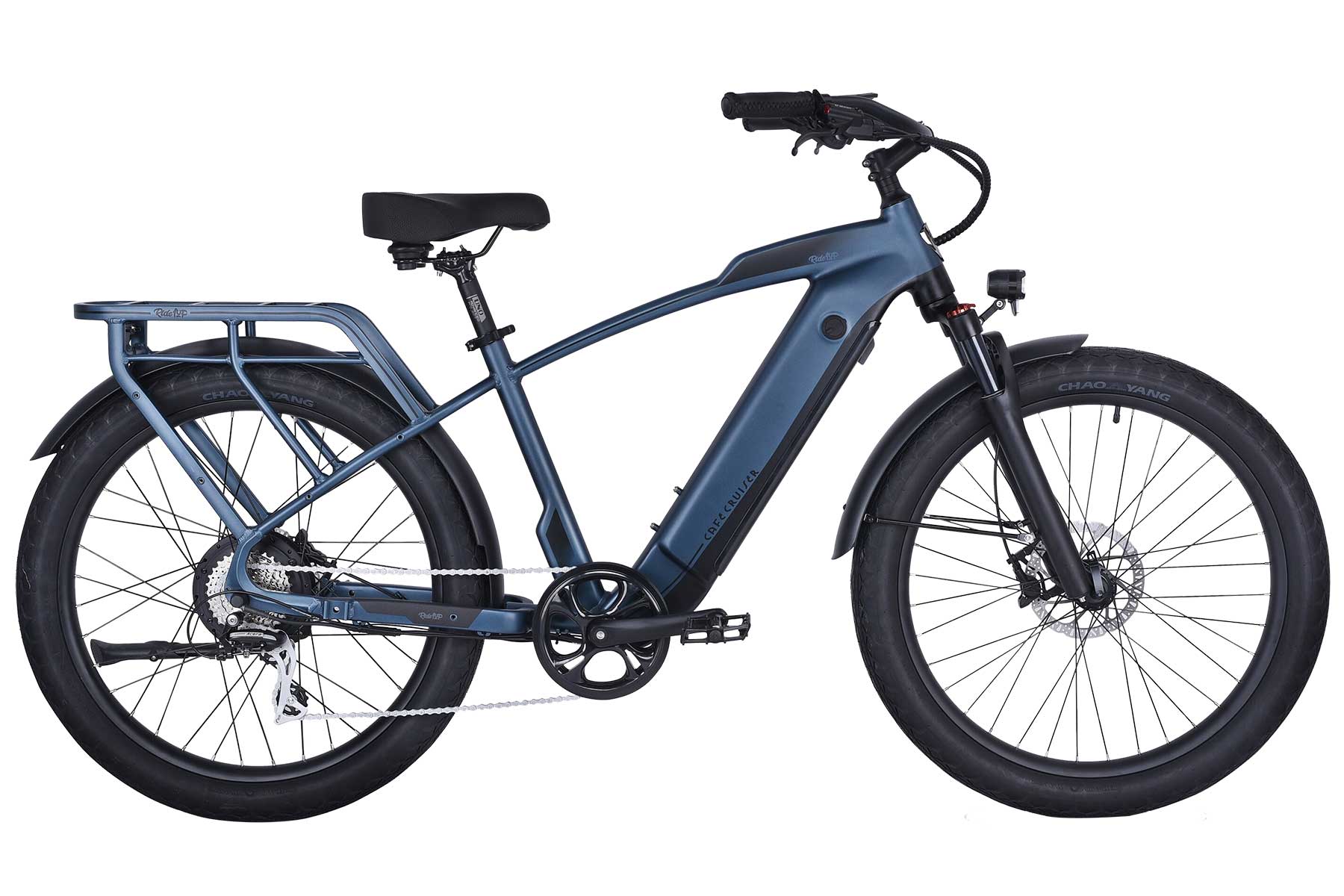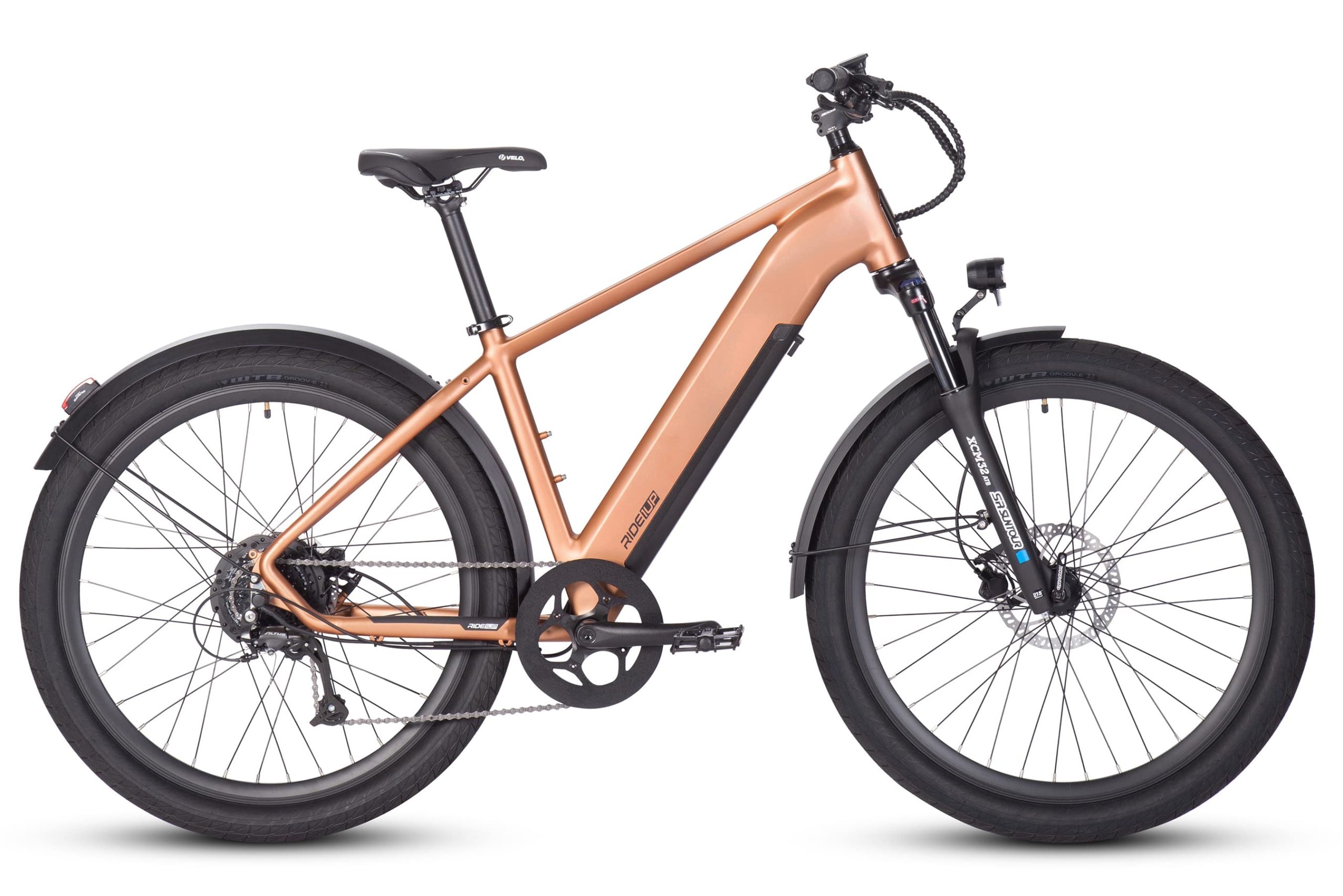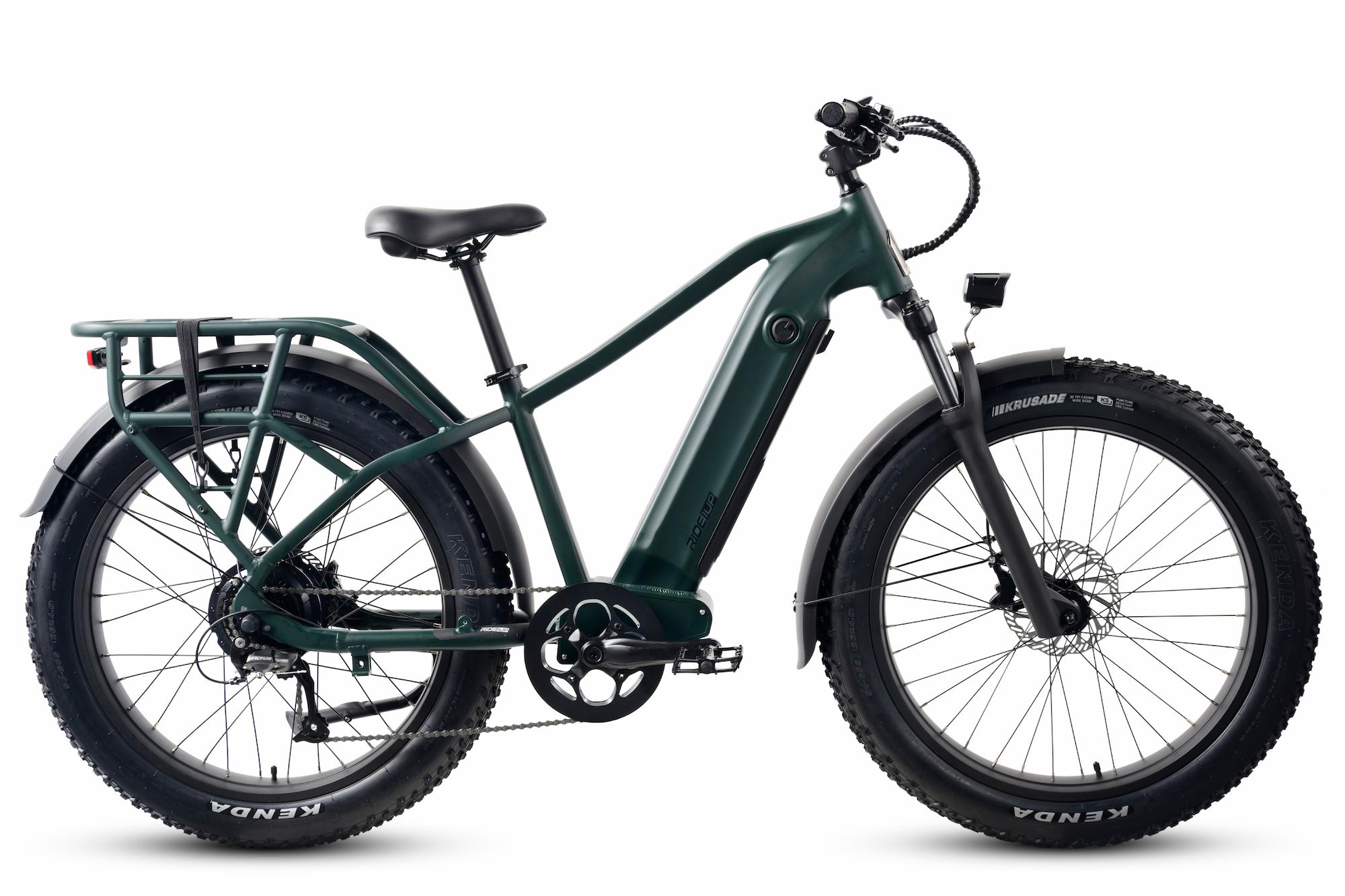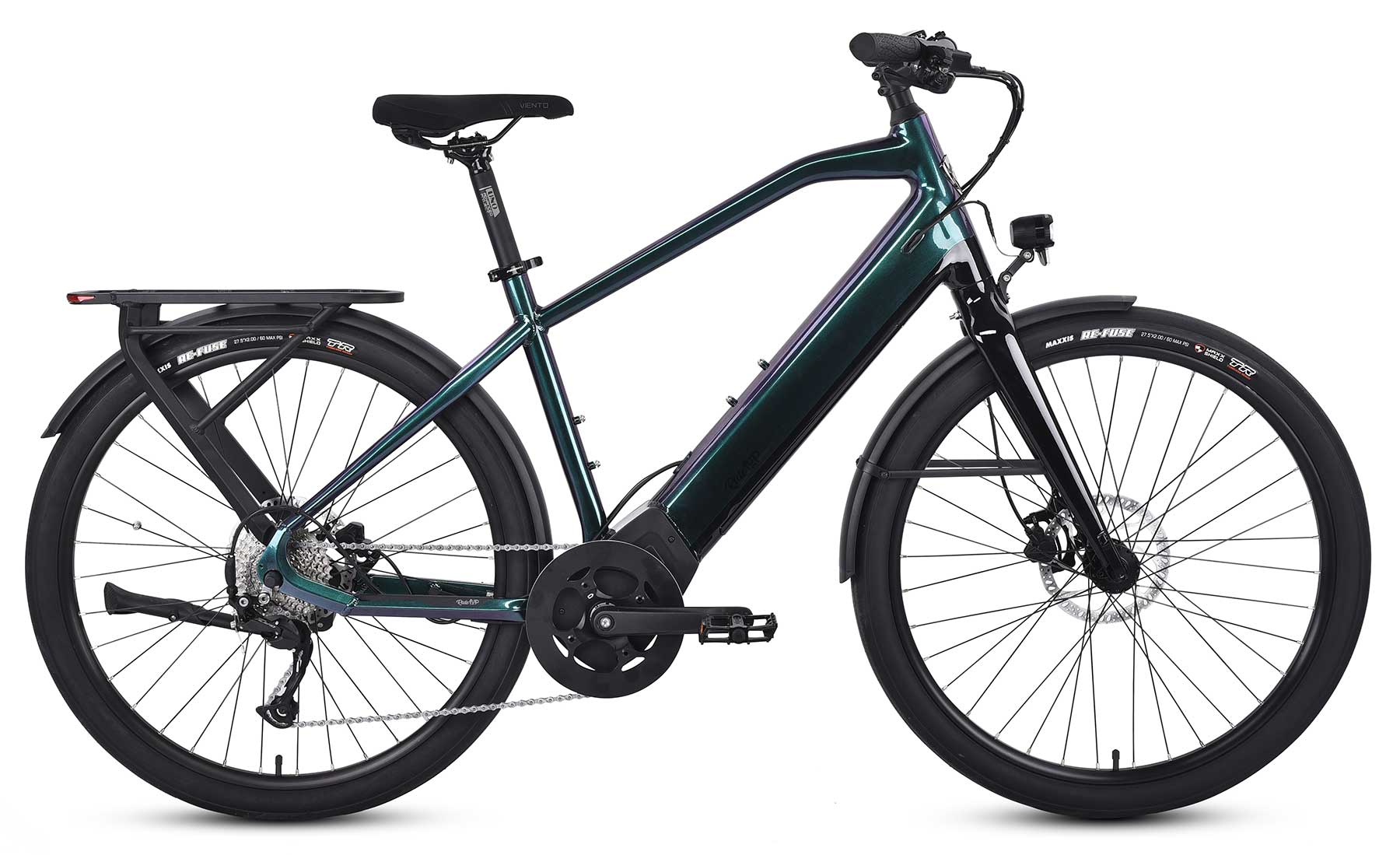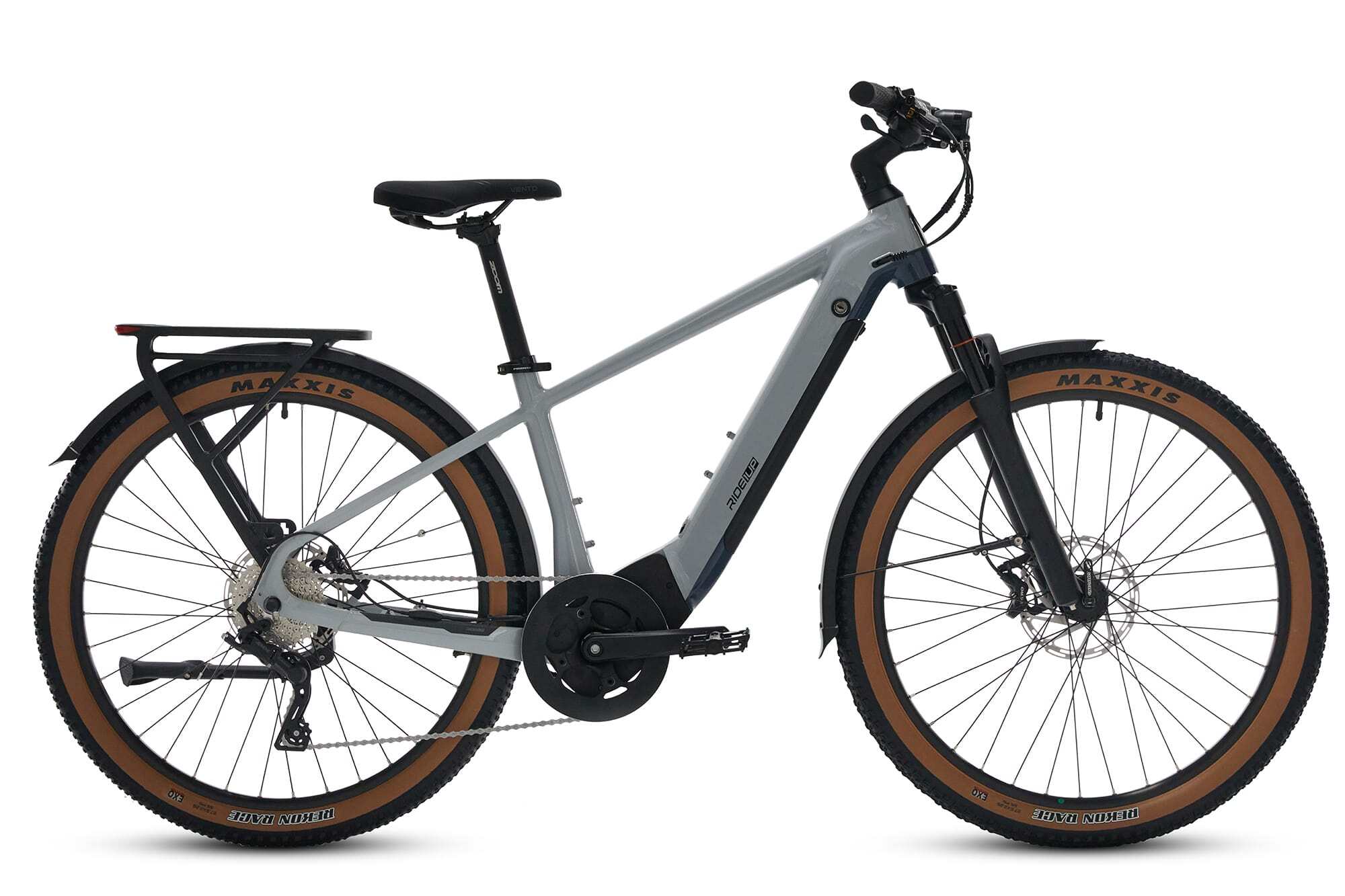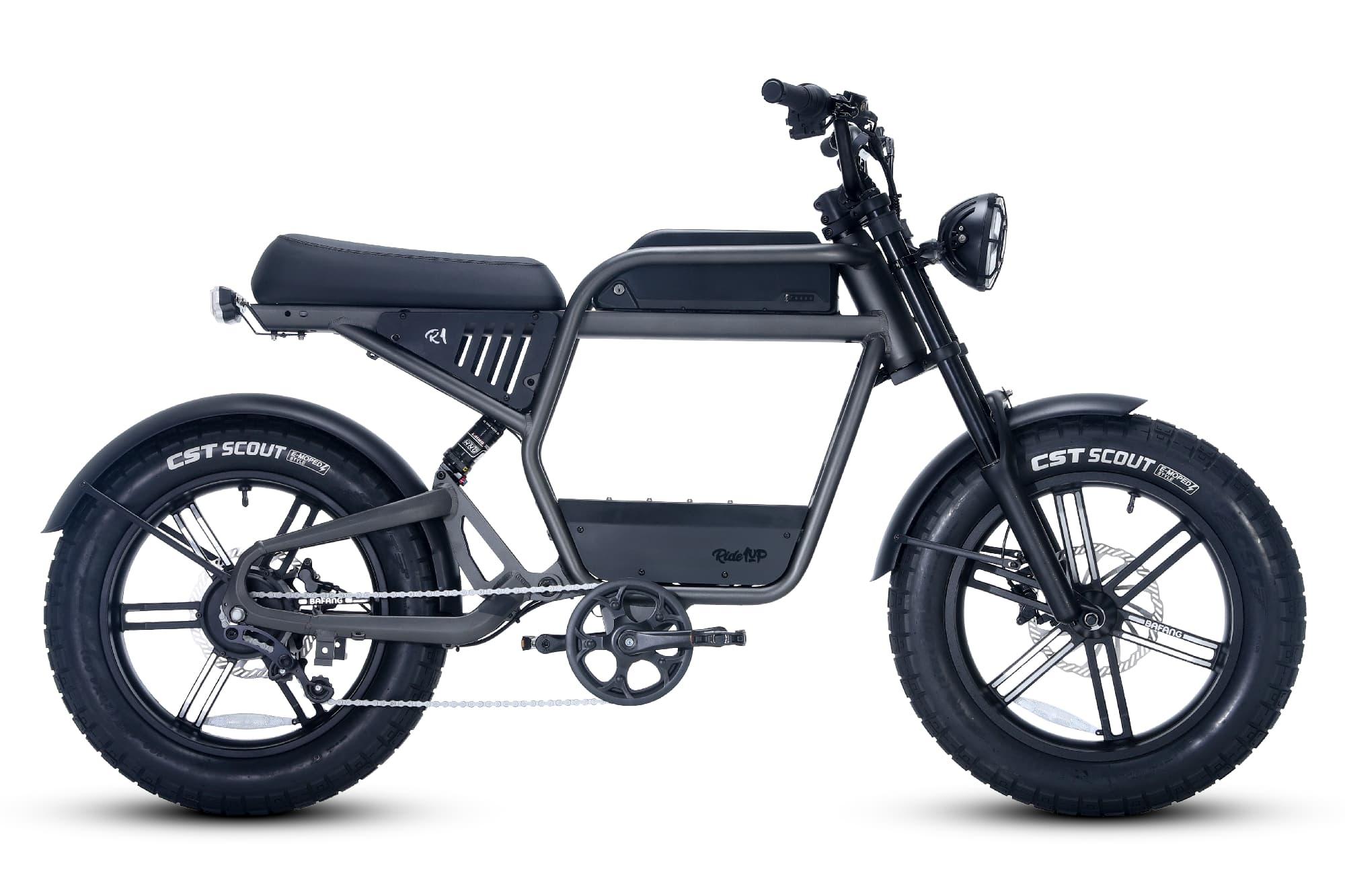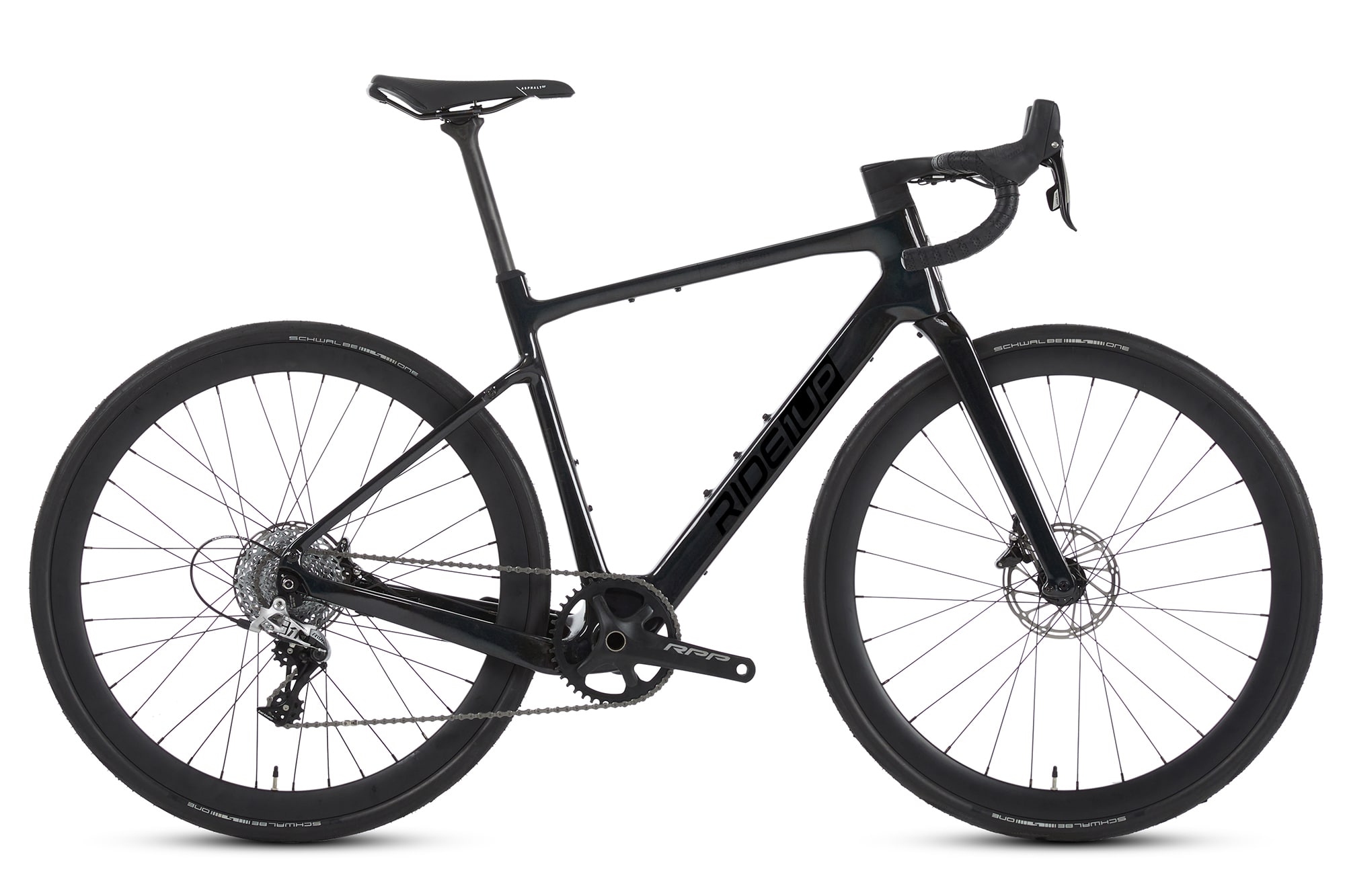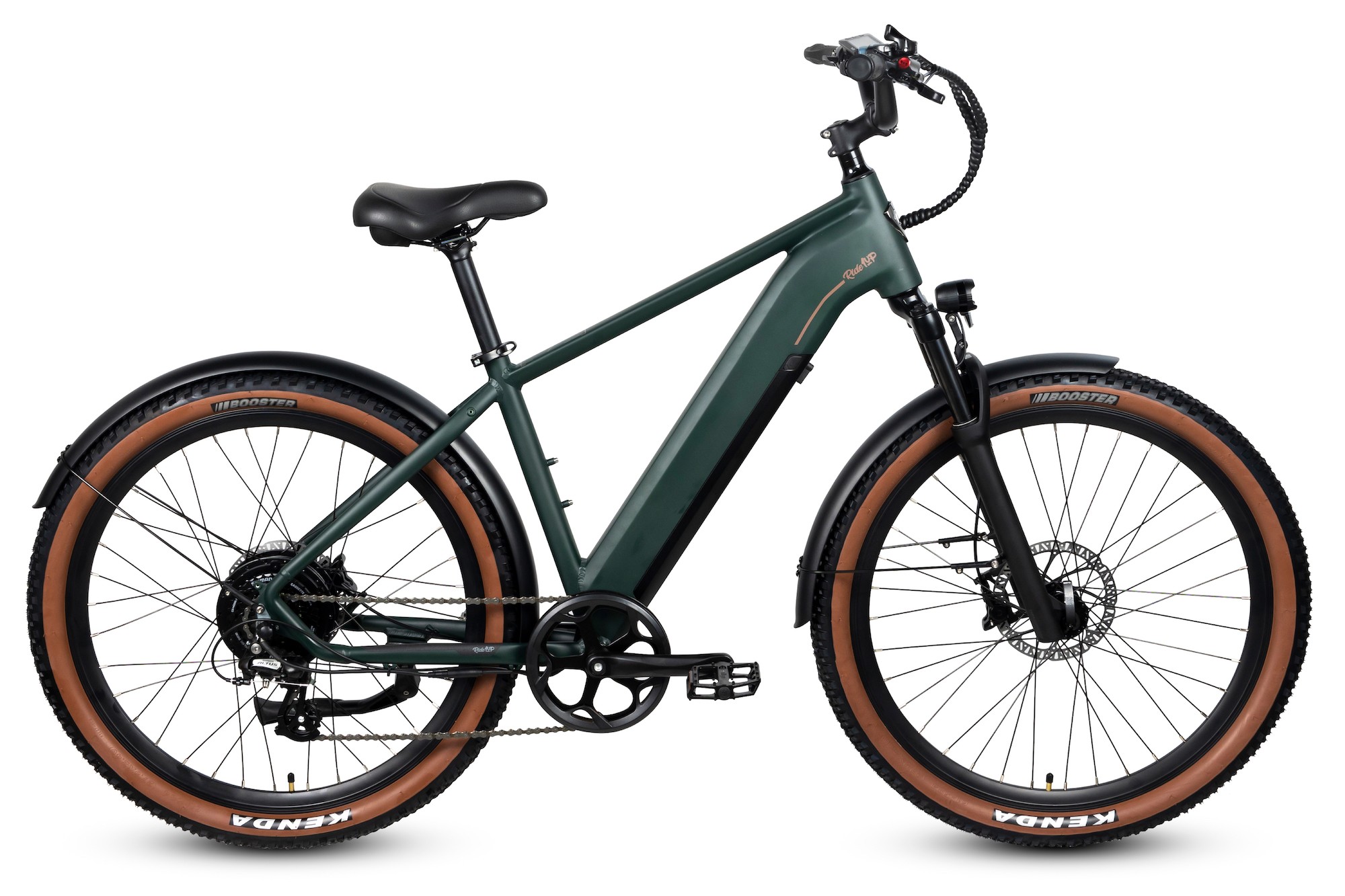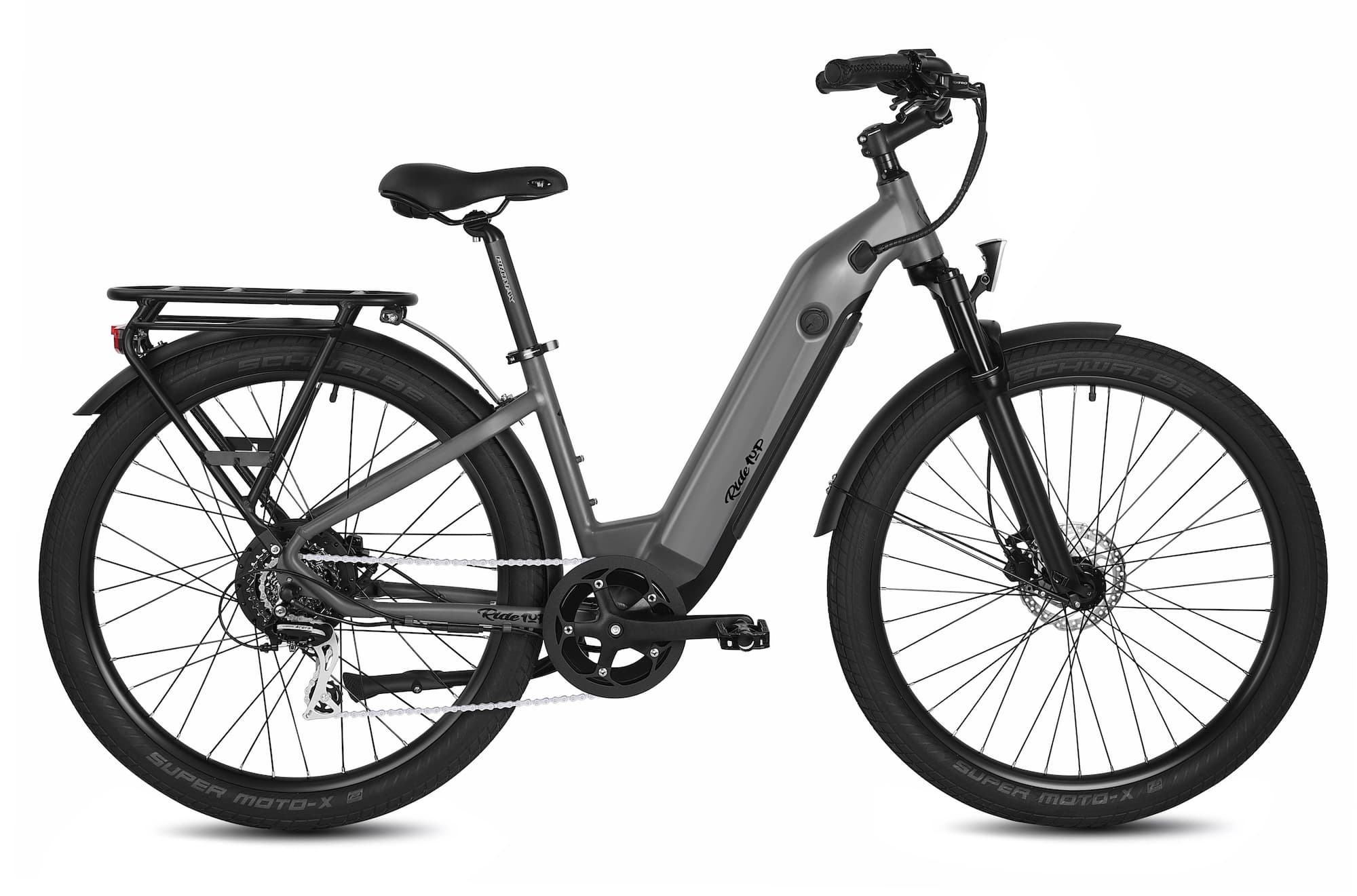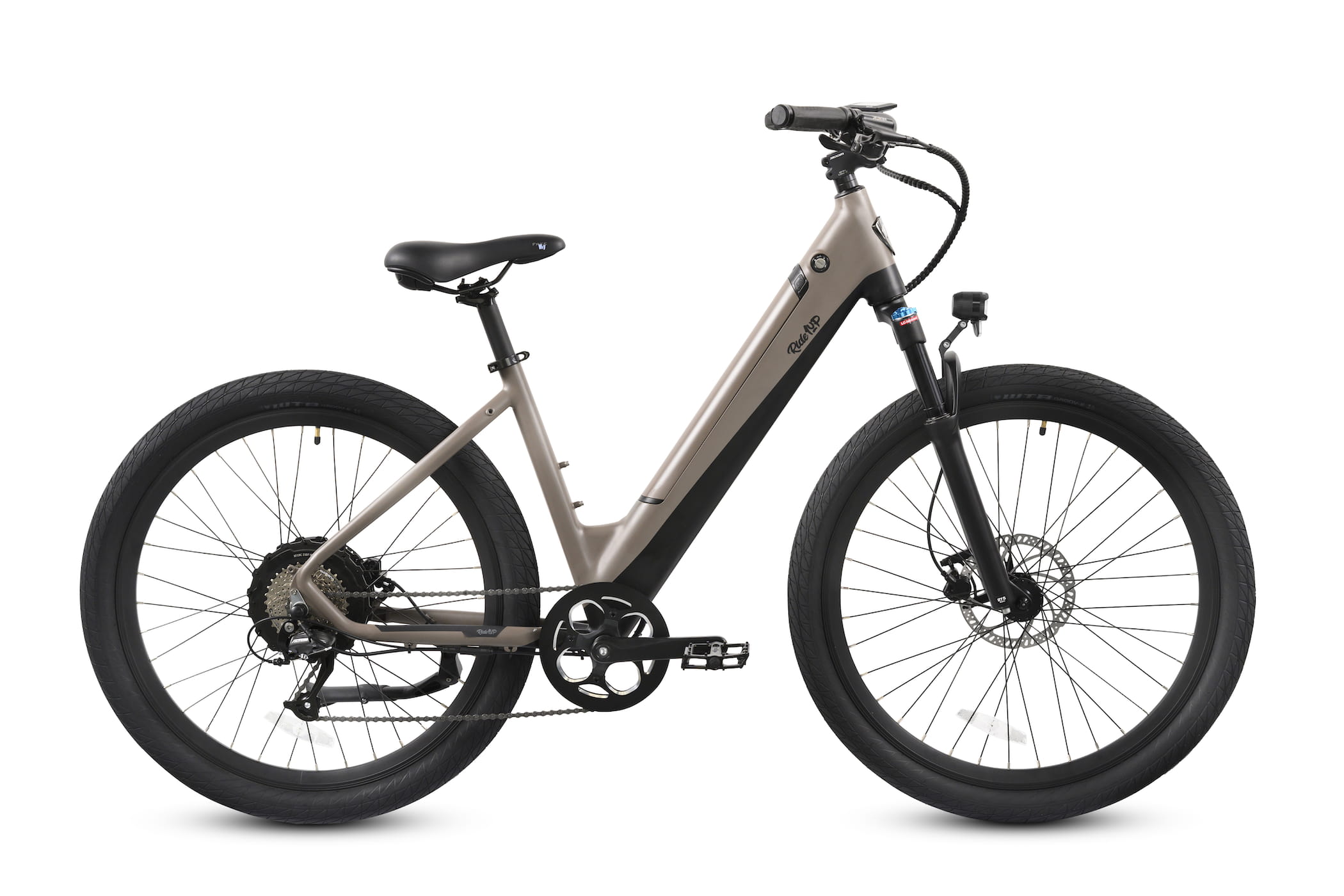How Do Electric Bikes Work?
January 17, 2023
The idea of adding an electric motor to a bicycle is simple yet an absolute stroke of genius. Using electricity to overcome many of the problems associated with traditional bikes, electric bikes have quickly become a favorite commuting alternative in countries around the world.
However, if you’re late to jump on the e-bike bandwagon and are now looking for a lightweight electric bike, you might be confused about how it actually works. In this post, we explain the components of an e-bike and how they operate together to give you a smooth, powerful ride.
E-Bikes Explained
There are a number of different designs when it comes to ebikes. Traditional bikes rely on the biker pedaling to move. Mid-drive electric bikes have a motor in the frame near the pedals. This assists the rotation of the rider’s pedaling, making riding less taxing. Hub drive ebikes have a motor in the rear wheel. This allows the e-bike to move forward with its own power. These are often designed with a throttle. You may see a variety of designs out there, many of which have their own unique benefits and use cases.
Importantly, e-bikes must not be confused with motorcycles. The key difference is two-fold. One, it is electric of course with zero emissions and more sustainable. Second is that the programming in an e-bike does not allow the rider to reach speeds attainable by a street-legal motorcycle.
Therefore, commuters around the world are choosing e-bikes over other means of travel because they are better for the environment. Plus, because they require at least some level of pedaling, e-bikes are better for your health than a motorcycle. Not only do they help get a workout while you go from A to B, but you can ride safely and enjoy the sights around your city.
Are There Any Speed Limits to E-Bikes?
The programming of e-bikes design a governed limit on their speed, as well as legal restrictions on streets you can ride it on.
Different states have their own laws on how fast an e-bike can be ridden, as well as the designated regions they’re allowed in, protective gear requirements for riders, and more. Depending on your bike type, the speed limits can vary from twenty to twenty-eight miles per hour.
To simplify legislation, e-bikes are divided into three classes. The legal requirements and restrictions related to an e-bike vary depending on which category it belongs to.
- Class 1–These can reach up to twenty MPH only through pedal assist (PAS)
- Class 2–These also have a PAS speed limit of twenty MPH but also have a throttle
- Class 3–These can reach up to twenty-eight MPH or more with PAS and often may come with a 20mph limited throttle as well
What Are the Different Components of an E-Bike?
Three main components of e-bikes distinguish them from other types of bicycles. These are the battery, the sensor, and the motor.
The Battery
The battery powers the motor in an e-bike. E-bike batteries differ depending on their capability for transferring power and how long they can last; they are typically positioned low or central on the bicycle. In addition, some e-bikes have removable batteries that can be easily replaced or charged when needed.
The Motor
The electric-powered motor is arguably the most important component of an e-bike. The motor’s primary function is to convert the electric power supplied by the battery into mechanical energy, which is used to turn the bike’s wheels or pedals. This means if you tire out while riding, you can increase the assistance or even use the throttle on your e-bike to help you get where you’re going.
As mentioned, motors are positioned differently on various ebikes, depending on model and design. They can be placed on the front hub, the bike’s center, or the rear end. Front-installed motors are less common nowadays and are primarily found in low-end, inexpensive e-bikes.
Rear-hub motors help drive the bike from the rear wheel, integrating with the bicycle cassette. Placing the motor in this position improves traction and handling, allowing fantastic control. These motors are typically found in mid-range e-bikes and often come with a throttle..
Electric bikes that cost even more may have a mid-drive motor. This positioning makes the weight of the motor distributed more evenly. The lower center of gravity and weight distribution increases stability and generally improves the riding experience.
The Sensor
Many ebike components aim to mimic the traditional feeling of riding a push-pedal bike.
One such important component is an e-bike sensor. These sensors measure either the cadence or the torque of your pedal stroke. A cadence sensor monitors how fast you pedal, while a torque sensor monitors how hard you pedal. The input from the sensor dictates how much power or speed the motor will provide.
If the software detects the speed getting near the max limit, it triggers the motor to turn the throttle or pedal assistance off.
Summary
All in all, ebikes are a simple upgrade to a historically elegant form of transportation, the bicycle. Think of it as the evolution of transportation, built on the shoulders of giants. They are not necessarily complicated or too much to digest when looking to learn about these amazing machines. It is just a blend of well-placed components that helps to get you where you need to go. That said, you will get there faster, more affordably, get exercise and enjoy the ride. While you’re at it, you are reducing emissions and doing a service to your community and the environment. What’s not to love? Find your perfect ebike today at ride1up.com and try it for yourself.


